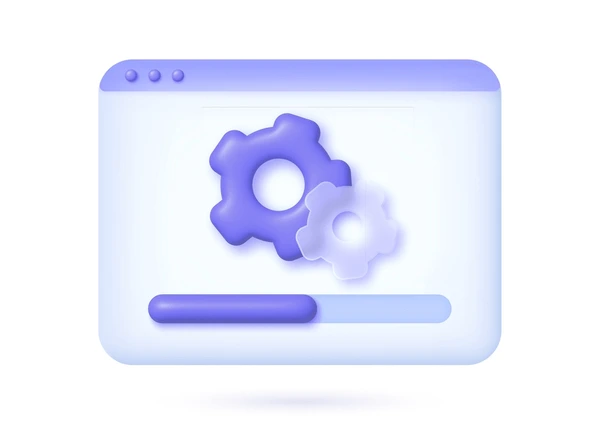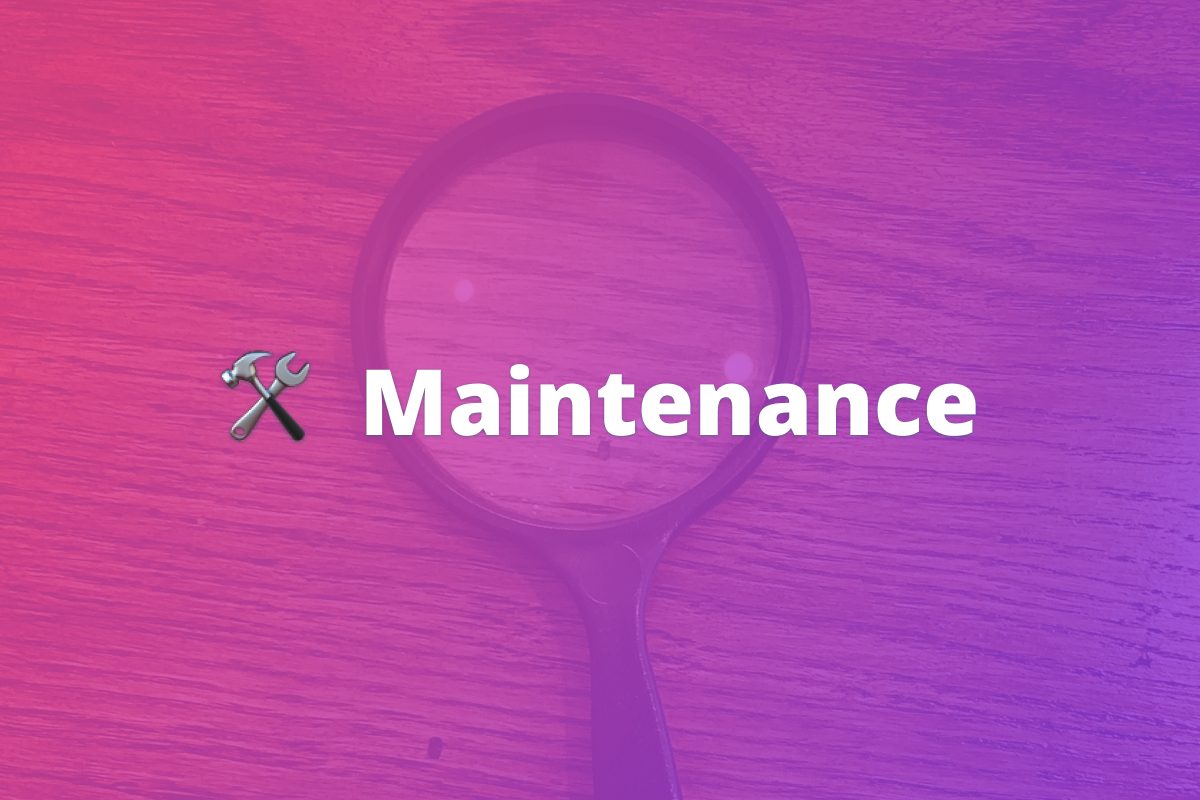Maintenance Phase
The maintenance phase of a project begins once the project deliverables are completed, and it focuses on sustaining the project’s outcomes over time. This phase is essential for ensuring that the product, system, or service continues to function effectively and meets the needs of its users. In the maintenance phase, regular updates, fixes, and improvements are made to keep the project running smoothly. Whether it’s software that needs bug fixes and updates, infrastructure that requires repairs or upgrades, or a product that needs ongoing support, the maintenance phase ensures that the project’s benefits are sustained and that it remains relevant and operational.
During the maintenance phase, teams monitor the project’s performance to identify any potential issues that could impact its effectiveness. This includes tracking key performance indicators (KPIs) and addressing any problems or changes in user needs that arise. Often, maintenance involves responding to feedback from users or stakeholders, making improvements, and ensuring that any emerging issues are resolved quickly. Additionally, regular checks and updates are necessary to ensure that the project stays aligned with evolving standards, technologies, or regulatory requirements.
The maintenance phase also involves long-term planning for the continued sustainability of the project. This may include training for users or operators, periodic assessments, and ensuring that adequate resources are available for ongoing support. Over time, as the project evolves or technology advances, it may be necessary to scale or modify the solution to keep it current. Ultimately, the maintenance phase ensures that the project continues to provide value and operates effectively over its lifespan, extending its longevity and ensuring long-term success.

